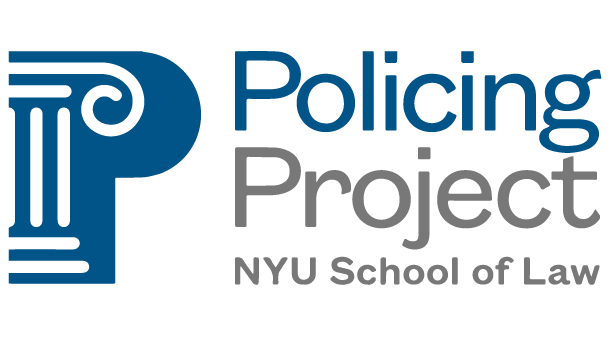Public safety leaders have long recognized that robust youth engagement can lead to overall stronger police-community relations, while at the same time helping young people resist peer pressure toward problematic behavior. For these reasons, policing agencies have invested in a range of programs designed to foster stronger ties with youth in their communities. Though many impressive initiatives have been launched—from police-athletic leagues to know-your-rights seminars to junior police academies—few programs have prioritized youth voice and experience or engaged them in collaborative problem-solving.
Funded in part by the U.S. DOJ’s Office of Community Oriented Policing Services, our newly released Youth Engagement Guidebook provides a nuts-and-bolts startup manual for launching a different kind of youth program: one that empowers youth voice around policing by creating a safe space for young people and police to productively engage on how youth are policed both in and out of school.
Background
Beginning in 2016, the Policing Project launched the Police-Youth Engagement Program in high schools in Camden, New Jersey and Tampa, Florida. The program has two main goals: to bring a group of students and officers together to build relationships in a neutral space, and then to support the group as they collaboratively identify and work to solve a shared concern around policing.
Over the course of the program, the students and officers get to know one another and build relationships that go beyond the classroom. The program concludes with the students presenting their collaborative solution to school and police officials—granting the youth a real opportunity to have their voice heard and to proactively engage in democratic governance.
A Guide to the Guidebook
Inside the guidebook you’ll find our report on what we have learned—both what worked and what did not in our pilot program in Tampa—and a road map for any policing agencies, nonprofits, or schools looking to bring this powerful work to their communities.
The guidebook offers an overview of the program’s design, objectives, and theoretical basis. It begins with a discussion of the substance of the lessons and provides facilitation tips for successfully running the program as a course. Included in the guide are sample lesson plans, a model scope and sequence with Common Core overlap, and a sample assessment survey to evaluate the effectiveness of the program.
The guidebook can be used holistically or piecemeal depending on the needs and resources of your jurisdiction. However you decide to use it, we intend for it to be tailored to the particular community served. Done well, the program models democratic governance in action.
Our next steps
While our guidebook reflects the first two iterations of our program, much has happened since. We are excited to kick off our 2018-2019 program in partnership with East Camden Mastery Middle School and a group of 8th grade students. This will be our first year working with middle school students, but based on feedback from the Camden County Police Department and Camden-based educators, we believe this endeavor will provide an ideal opportunity for earlier intervention when it comes to building more positive youth-officer relationships.
We look forward to sharing our latest findings as we continue to learn from young people and officers about the best ways to create improved and sustainable relationships.


